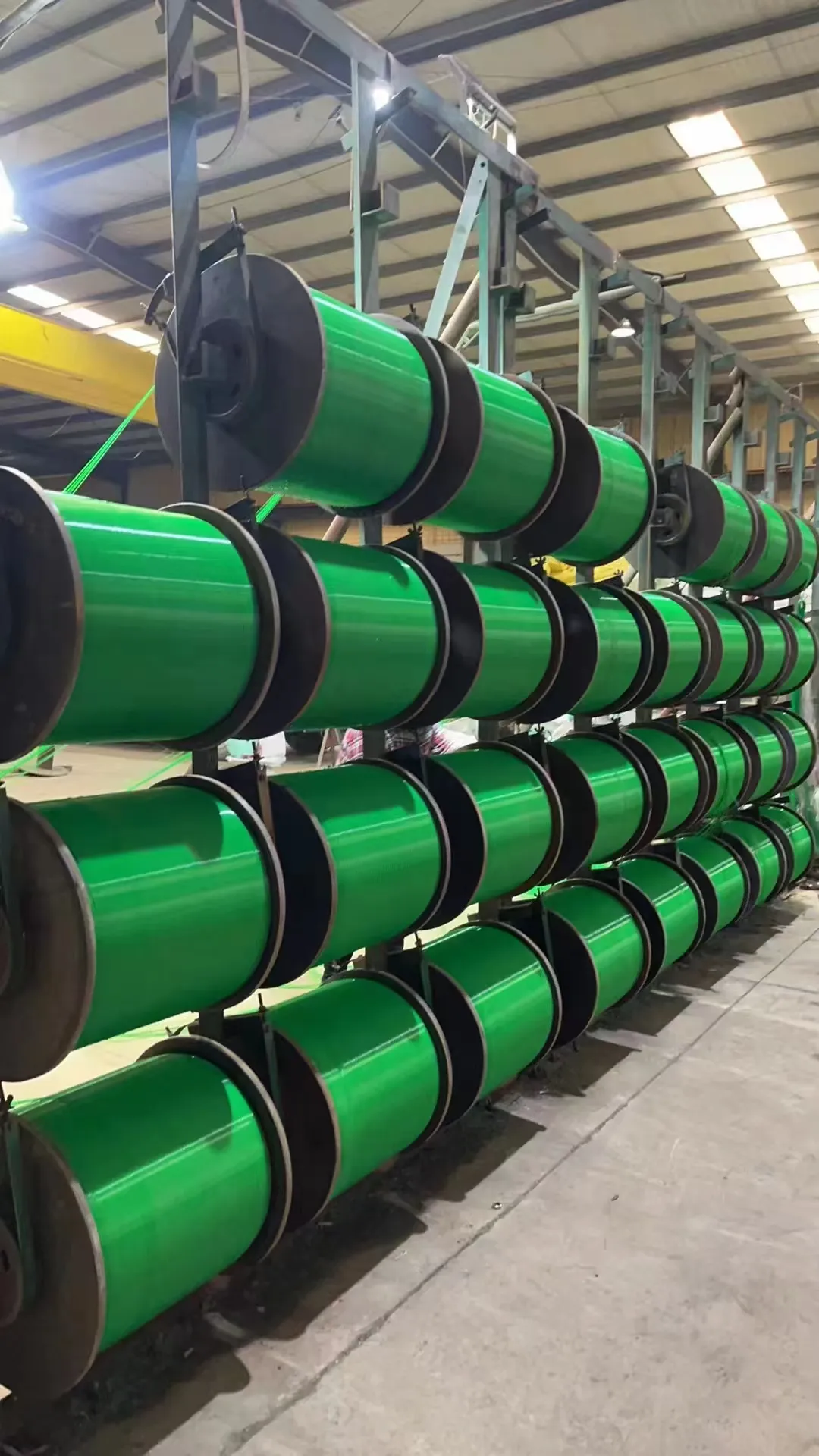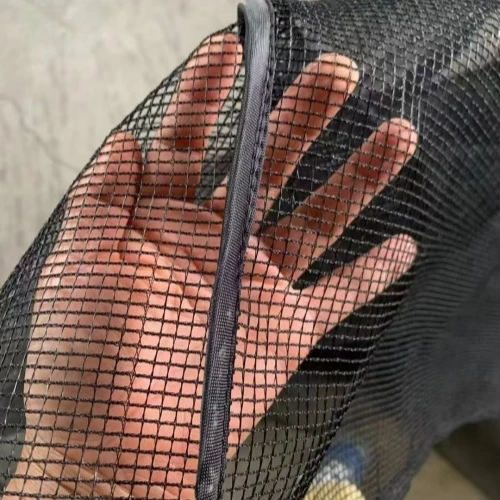-
 Afrikaans
Afrikaans -
 Albanian
Albanian -
 Amharic
Amharic -
 Arabic
Arabic -
 Armenian
Armenian -
 Azerbaijani
Azerbaijani -
 Basque
Basque -
 Belarusian
Belarusian -
 Bengali
Bengali -
 Bosnian
Bosnian -
 Bulgarian
Bulgarian -
 Catalan
Catalan -
 Cebuano
Cebuano -
 China
China -
 Corsican
Corsican -
 Croatian
Croatian -
 Czech
Czech -
 Danish
Danish -
 Dutch
Dutch -
 English
English -
 Esperanto
Esperanto -
 Estonian
Estonian -
 Finnish
Finnish -
 French
French -
 Frisian
Frisian -
 Galician
Galician -
 Georgian
Georgian -
 German
German -
 Greek
Greek -
 Gujarati
Gujarati -
 Haitian Creole
Haitian Creole -
 hausa
hausa -
 hawaiian
hawaiian -
 Hebrew
Hebrew -
 Hindi
Hindi -
 Miao
Miao -
 Hungarian
Hungarian -
 Icelandic
Icelandic -
 igbo
igbo -
 Indonesian
Indonesian -
 irish
irish -
 Italian
Italian -
 Japanese
Japanese -
 Javanese
Javanese -
 Kannada
Kannada -
 kazakh
kazakh -
 Khmer
Khmer -
 Rwandese
Rwandese -
 Korean
Korean -
 Kurdish
Kurdish -
 Kyrgyz
Kyrgyz -
 Lao
Lao -
 Latin
Latin -
 Latvian
Latvian -
 Lithuanian
Lithuanian -
 Luxembourgish
Luxembourgish -
 Macedonian
Macedonian -
 Malgashi
Malgashi -
 Malay
Malay -
 Malayalam
Malayalam -
 Maltese
Maltese -
 Maori
Maori -
 Marathi
Marathi -
 Mongolian
Mongolian -
 Myanmar
Myanmar -
 Nepali
Nepali -
 Norwegian
Norwegian -
 Norwegian
Norwegian -
 Occitan
Occitan -
 Pashto
Pashto -
 Persian
Persian -
 Polish
Polish -
 Portuguese
Portuguese -
 Punjabi
Punjabi -
 Romanian
Romanian -
 Russian
Russian -
 Samoan
Samoan -
 Scottish Gaelic
Scottish Gaelic -
 Serbian
Serbian -
 Sesotho
Sesotho -
 Shona
Shona -
 Sindhi
Sindhi -
 Sinhala
Sinhala -
 Slovak
Slovak -
 Slovenian
Slovenian -
 Somali
Somali -
 Spanish
Spanish -
 Sundanese
Sundanese -
 Swahili
Swahili -
 Swedish
Swedish -
 Tagalog
Tagalog -
 Tajik
Tajik -
 Tamil
Tamil -
 Tatar
Tatar -
 Telugu
Telugu -
 Thai
Thai -
 Turkish
Turkish -
 Turkmen
Turkmen -
 Ukrainian
Ukrainian -
 Urdu
Urdu -
 Uighur
Uighur -
 Uzbek
Uzbek -
 Vietnamese
Vietnamese -
 Welsh
Welsh -
 Bantu
Bantu -
 Yiddish
Yiddish -
 Yoruba
Yoruba -
 Zulu
Zulu
Jan . 09, 2025 10:44
Back to list
Agriculture Fruit Tree Protective Net/Vegetables Protection Insect
Agricultural practices have always faced challenges from uninvited avian guests, and as such, anti-bird nets have become an indispensable tool for modern farmers seeking to protect their livelihood. With the rise in awareness about sustainable and efficient farming practices, understanding the benefits and technical nuances of anti-bird net solutions for agriculture has gained paramount importance.
Authoritative sources advocate for the selection of high-quality materials that promise longevity and resilience under various weather conditions. UV-resistant polyethylene materials are particularly recommended, given their strength and durability, traits that are crucial in withstanding prolonged exposure to sunlight and harsh weather events. Investing in such quality guarantees a long-term solution that not only withstands the test of time but also proves cost-effective when considering the reduction in crop losses. Trust in anti-bird nets is further enhanced by testimonials from successful use cases across diverse agricultural contexts. Farmers have reported significant reductions in crop damages, with quantitative improvements in yield quality and quantity. These endorsements echo the reliability of anti-bird nets, attesting to their value beyond theoretical benefits. They provide practical, hands-on reassurances that bolster the credibility of these protective solutions. In conclusion, anti-bird nets present a sustainable, effective approach to crop protection. Through informed selection, expert installation, and quality assurance, these nets promise a valuable return on investment for agricultural stakeholders. Embracing this method not only aids in safeguarding produce but also aligns with the larger movement towards environmentally-responsible farming. As more practitioners share their positive experiences and results, the trust and authority vested in anti-bird nets continue to grow, making them a cornerstone in modern agricultural practices.


Authoritative sources advocate for the selection of high-quality materials that promise longevity and resilience under various weather conditions. UV-resistant polyethylene materials are particularly recommended, given their strength and durability, traits that are crucial in withstanding prolonged exposure to sunlight and harsh weather events. Investing in such quality guarantees a long-term solution that not only withstands the test of time but also proves cost-effective when considering the reduction in crop losses. Trust in anti-bird nets is further enhanced by testimonials from successful use cases across diverse agricultural contexts. Farmers have reported significant reductions in crop damages, with quantitative improvements in yield quality and quantity. These endorsements echo the reliability of anti-bird nets, attesting to their value beyond theoretical benefits. They provide practical, hands-on reassurances that bolster the credibility of these protective solutions. In conclusion, anti-bird nets present a sustainable, effective approach to crop protection. Through informed selection, expert installation, and quality assurance, these nets promise a valuable return on investment for agricultural stakeholders. Embracing this method not only aids in safeguarding produce but also aligns with the larger movement towards environmentally-responsible farming. As more practitioners share their positive experiences and results, the trust and authority vested in anti-bird nets continue to grow, making them a cornerstone in modern agricultural practices.
Latest news
-
Shipping Plastic Bags for Every NeedNewsJul.24,2025
-
Safety Netting: Your Shield in ConstructionNewsJul.24,2025
-
Plastic Mesh Netting for Everyday UseNewsJul.24,2025
-
Nylon Netting for Every UseNewsJul.24,2025
-
Mesh Breeder Box for Fish TanksNewsJul.24,2025
-
Expanded Steel Mesh Offers Durable VersatilityNewsJul.24,2025











